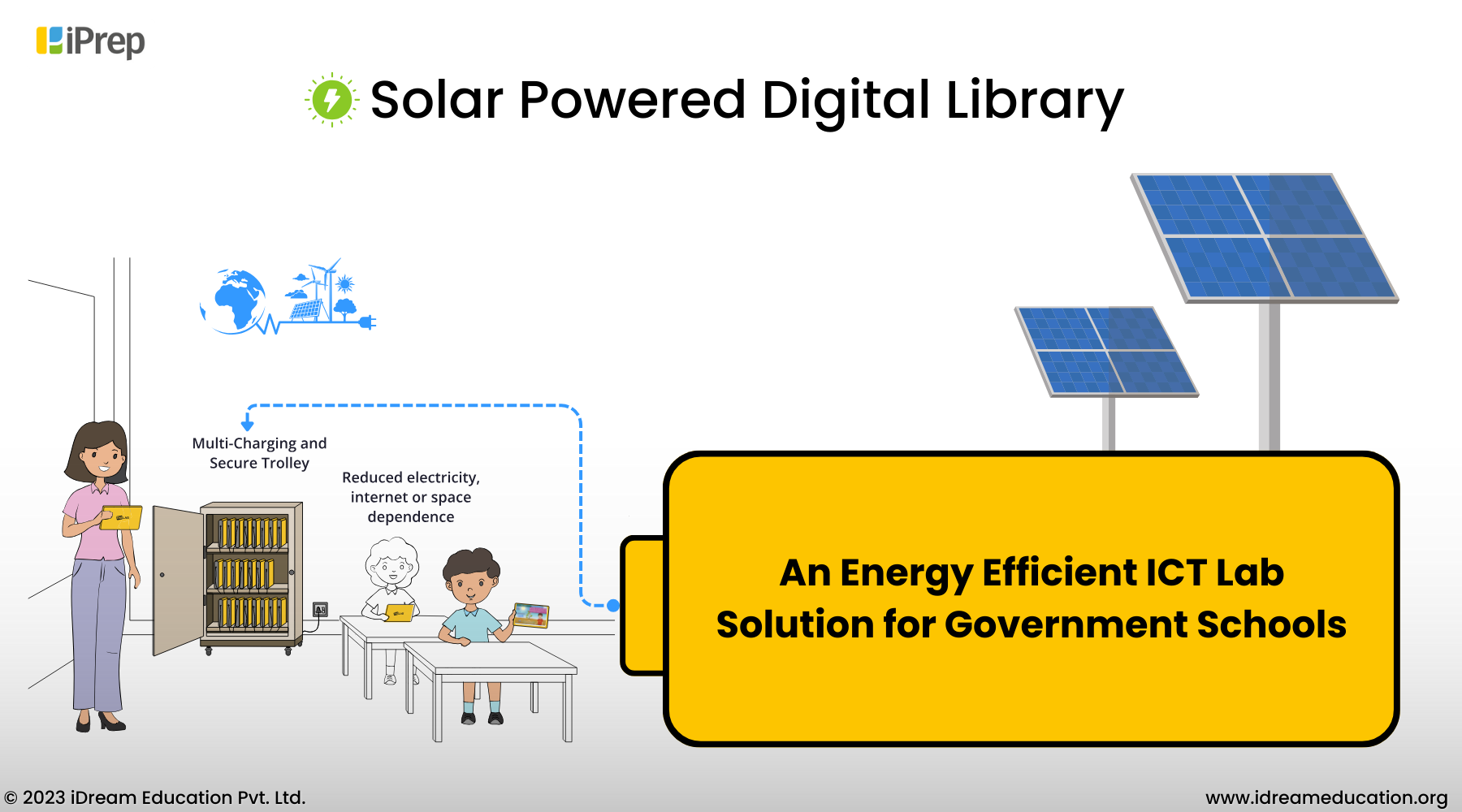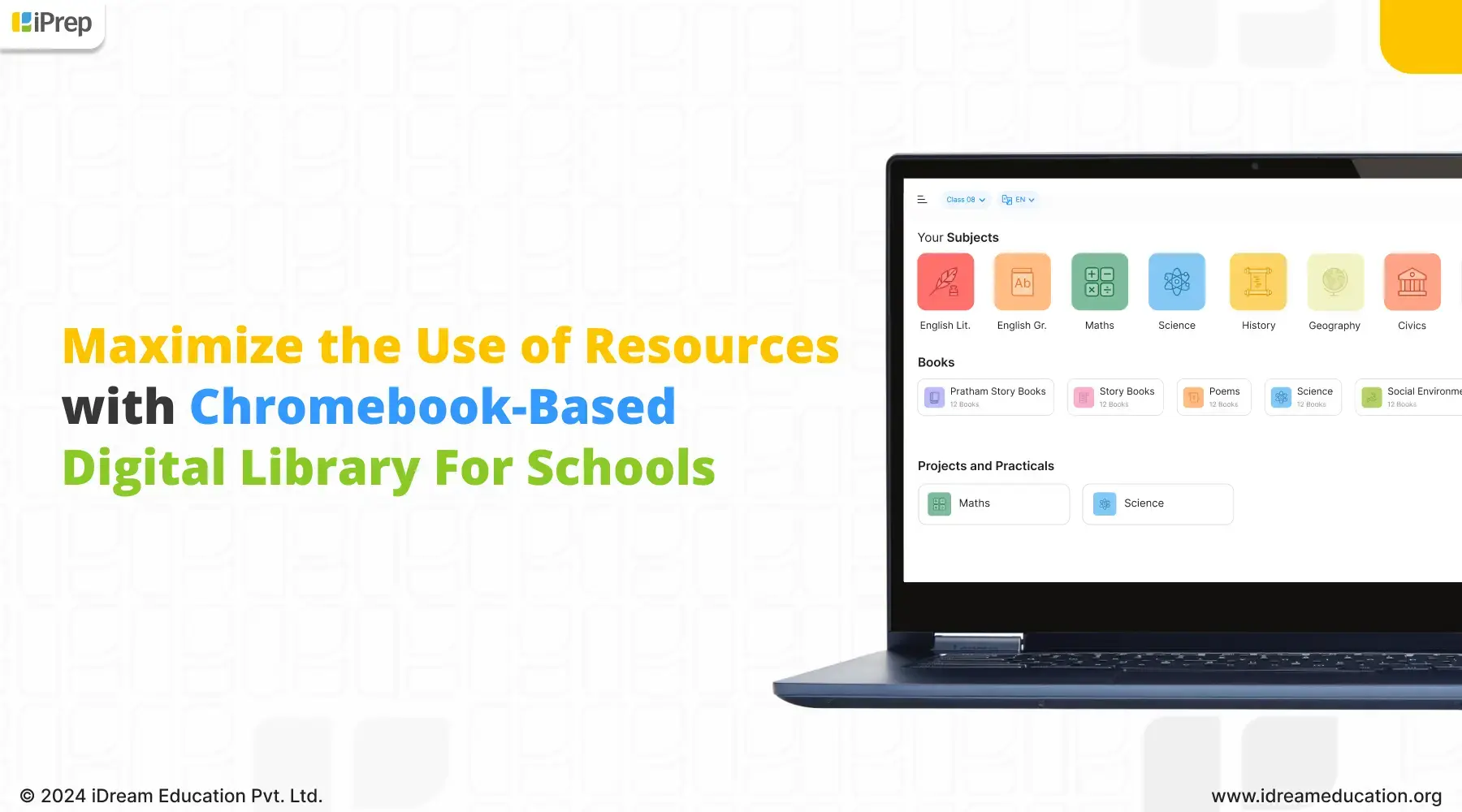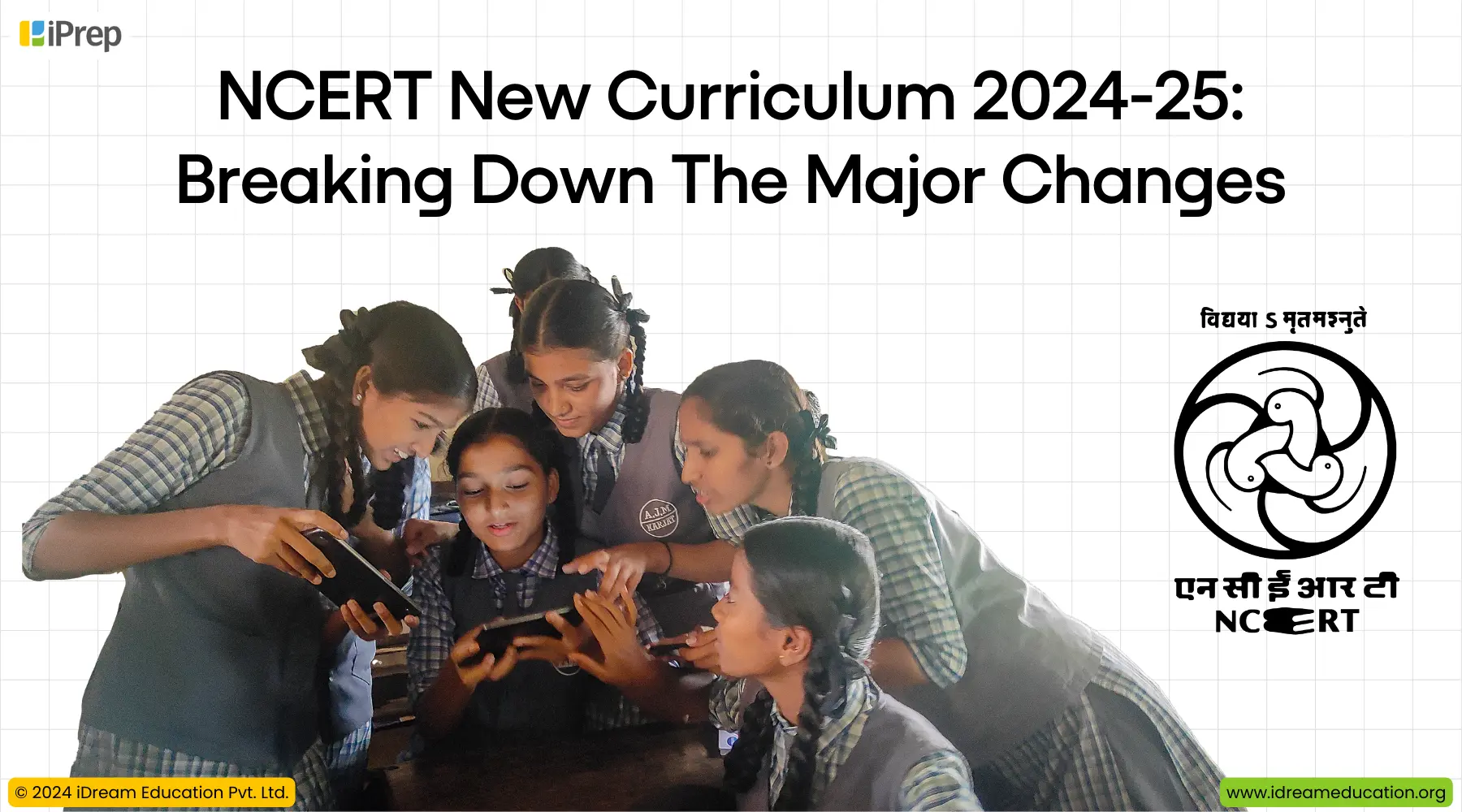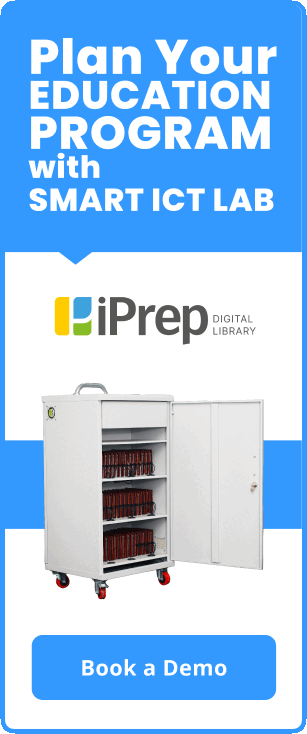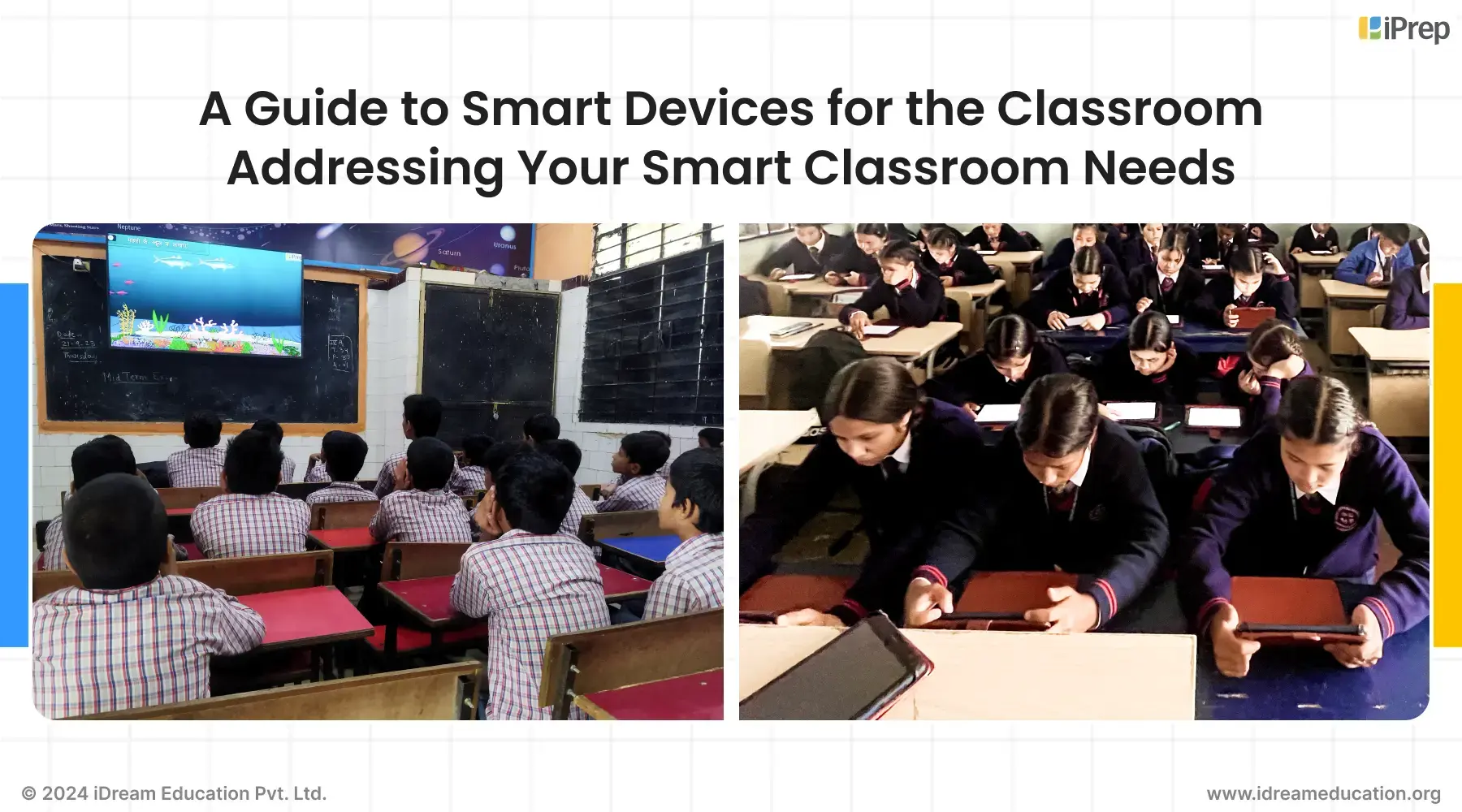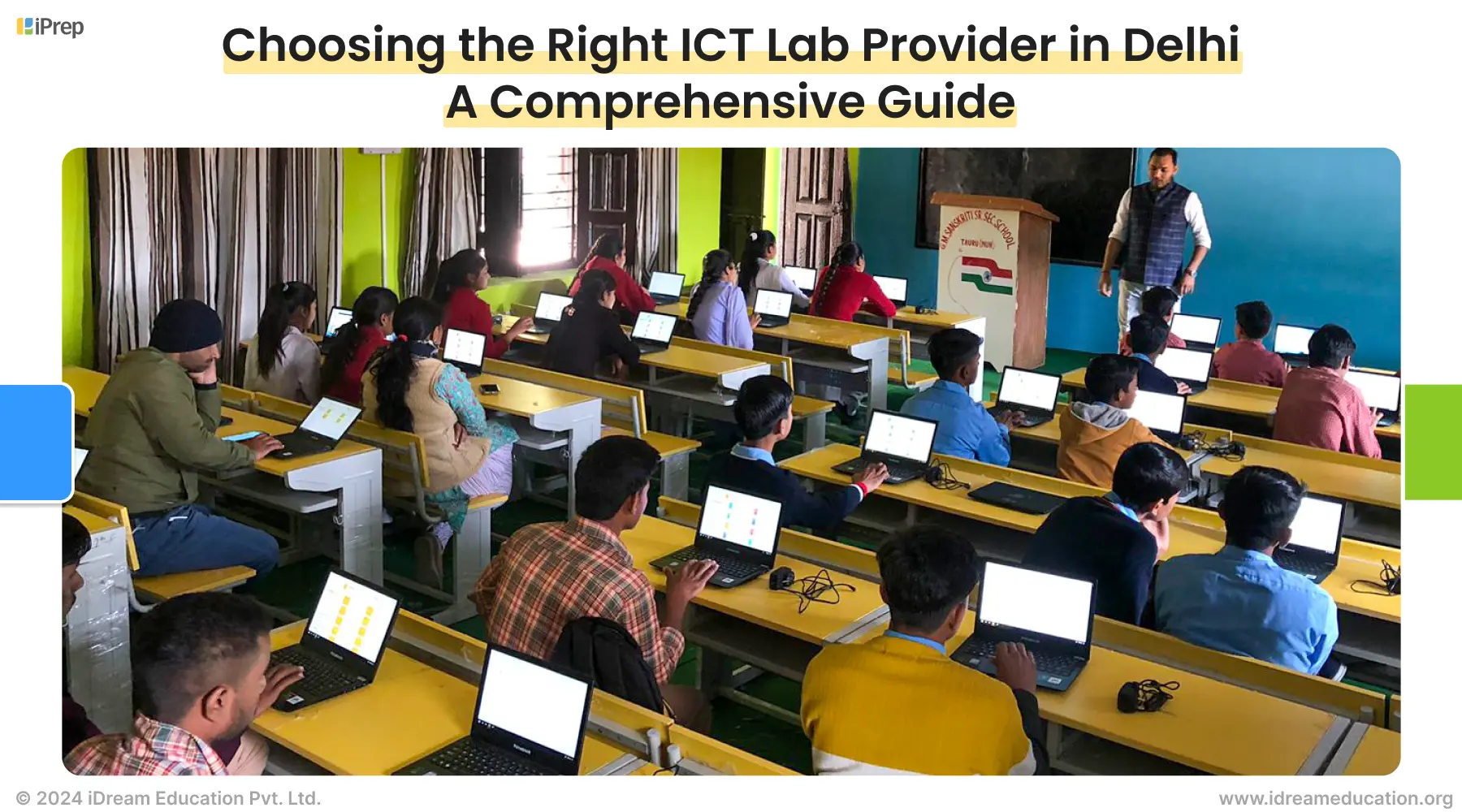How to bridge Grade Level Gaps in our Rural Learners?
What’s one of the most talked about gap areas when it comes to our government schools? It is that the children are not at their grade level. What this means is that a child in grade 5 is not able to read words that a Grade 2 should be able to. Similarly, a grade 6 child may not be able to solve mathematical problems that probably a Grade 3 child would. And yet every year, children are being promoted to the next grade.
There are multiple reports that concur with the above. A simple Google search will tell you that.
This occurs as the child keeps progressing through the grades with a lack of understanding of the basic concepts. His/her ability to comprehend the complexities of the same concepts in higher grades keeps going down. And therefore the child begins to lag behind academically. They eventually reach a stage of frustration and stress resulting in drop-out or passing out of primary school. They end up with limited skills to cope with what secondary school or higher education has to offer.
Why is this even happening?
It is not a complex issue if you so imagine it to be. Let us help you understand that with a very simple example.
Imagine you are a class 2 child appearing for a Math exam. Say out of 100, you score 65. Now, you have the marks to pass grade 2 and proceed to grade 3. And so you proceed. However, no one has addressed why you did not get the remaining 35 marks. Was it about careless mistakes or simply lack conceptual clarity or maybe a mix of both? Because we haven’t addressed this gap for you, when you move to Grade 3, the gap only increases. As you keep moving up the grades, the gap keeps on increasing eventually making you feel disinterested in learning itself.
Let’s take a step back and enter our classrooms, much before we even reach the stage of the exam. You will see that the genesis of the issue being discussed is there itself. As you know we follow many learning formats currently. That makes it a challenging task for a teacher to keep a tab on every child in the class. It is difficult to understand their learning patterns. Also, it is difficult to recognize their existing learning levels and then modify the content and the delivery accordingly. If we look at it from the context of a government school, the challenge gets compounded. That’s because of either the lack of skill on a teacher’s part, being overburdened or inherent lack of motivation.
And for a child in a government school, there aren’t enough opportunities. They don’t have much resources to learn or build mastery on concepts beyond the school.
The argument we have built is we believe a big reason why year after year, all surveys and studies continue to report lack of grade readiness in our children. Of course, this has huge implications. We are depriving our country of skilled resources that can very well shape our future.
What role can technology play in addressing the issue?
The problem as we have seen above is simple to understand and so should be the solution. At a basic level, what we need is an ability to understand child wise learning gaps. We should then deliver to them tailor made learning content which helps them build mastery over topics. It should let them move forward at their own pace.
Conventionally, technology in schools has been in the form of smart classes. These though use interesting multimedia content but yet follow a one to many learning format. So yes, smart classes do take up the engagement level inside the classrooms. But, they will still never be a holistic learning solution. They can not understand each child and then deliver a lesson accordingly.
If a child is sitting inside a smart class, he/she does not really have much options. They can’t pause the video, take notes or go back and listen to it again. And if in case, the child isn’t able to understand, there again exists no option to go down a grade and understand the basic of the topic.
It is therefore apparent that we would need to build a personalised learning solution which can directly reach the child and facilitate learning as per how he/she wants. And only technology can enable us to do that with of course an active participation of the teacher.
Understanding child psychology before we talk about the actual solution
If we publicly tell you that there is something you don’t know or understand well enough what others in your group are good at, how do you think it will affect you. Imagine a child listening to this in front of his peers. While some may still take it positively, such a behaviour from a teacher does have the tendency to make the child feel bad. In the long run, it can affect the confidence, make one recluse and develop a sense of fear to even raise the hand and ask a question in the classroom.
As educators and developers of ed-tech solution, we must understand the psychological behavior of the child and incorporate solutions that complement the same. The focus has to be on providing a non-judgemental environment to learning, which should encourage the child to proactively explore learning depending on their level of understanding and their comfort in terms of speed, style, type of content etc.
Delivering personalised learning through tablets and mobile devices
We are moving into the 21st century. We are everyday seeing the limitations faced by teacher centric solutions. Therefore, the time is ripe to take a shift in the thought process and focus on student centric technology. Educational tablets and mobile devices are the perfect carriers of personalised learning as these can be directly used by the children in the school.
We are of course getting help from an exponential increase in the number of smartphones across India. That too both in urban and rural areas. It is building familiarity to these touch based devices in children even in the most rural parts of our country.
In case you would want to read more on why educational tablets will continue to dominate the way learning would happen in our schools over next few years, please do read our blog on 5 reasons why you should consider educational tablets for schools here.
At iDream Education, it has been an area of research for us to understand each child uniquely and then deliver the learning accordingly. One way in which we achieve this is by enabling a child to access the content of any grade for all the subjects through our learning platform. Sharing with you a case study on the same.
Recently while looking at the iPrep Digital Library– TABLAB’s usage report from one of our government schools in Uttar Pradesh, we came across a very interesting trend. Look at the table below:

If you are wondering why is the table interesting, here’s why it is. EVS is a subject till Grade 5. From Grade 6 onwards, it is referred to as Science. And yet what you see in the table above is students of Grade 6, 7 and 8 accessing EVS content from junior grades. The percentage figures in the above table reflect the number of times a particular content was accessed on the tablets.
This we believe is transformational because for the first time, students are getting to explore content of lower grades and building their foundations in a very non-judgemental environment. And as a student moves up the grades, this form of personalised learning can help him/her to continue to work on their basic concepts and build better conceptual understanding.
In fact through AI and machine learning tools, we can make inter grade connectivity an intrinsic feature of the solution itself. A child can keep moving up and down the grades without even realising. The focus will solely be on developing mastery over topics.
Conclusion
Lack of grade readiness is a huge challenge in front of all our stakeholders and making learning a democratic non-judgemental process is one probable way of addressing the same.
We know that there are many NGOs and social impact organisations who are also experimenting with various other forms of tech and non-tech solutions to build grade level readiness in our government school students and we would love to hear from you. Please share your experiences in the comments section below or you can also write to us at share@idreameducation.org and let us open up a dialogue to address the skill gap.


